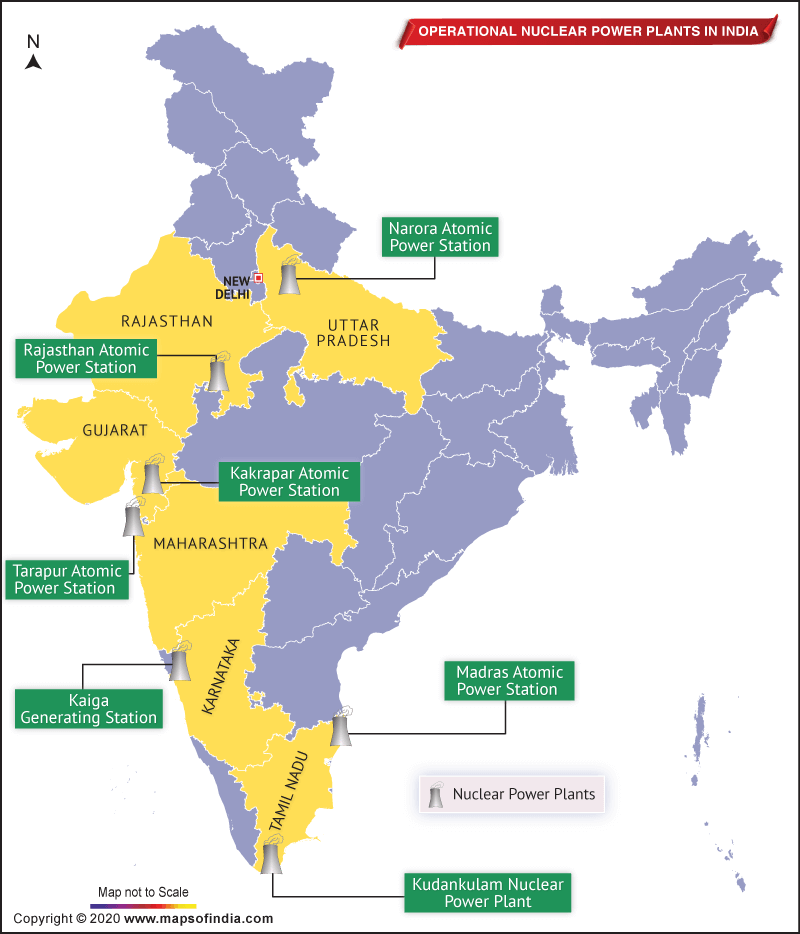Any machine that is powered by electricity is considered as an electrical equipment. Such equipments usually consist of an enclosure, electrical components and a power switch that actually works as a trigger for the machine. Major appliances, small appliances, micro-controller and power tool all fall into the category of electrical equipments.
The power sector forms an integral part for the backbone of a developing nation. The successful functioning of the power sector depends on the consistent supply of electrical power through its network of high and low tension transmission lines, which in fact are the arteries and veins of the power sector. Consistent transmission depends on strategically placed transformers, capacitors and a host of other electrical equipment. So it is evident that the electrical industry forms the core of the power sector of any country. In India, the electrical industry is vast, estimated value Rs1,10,000 crore (US$ 25 billion), in 2010-2011. Some of the big names in this industry are Bharat Heavy Electricals Limited (BHEL), Crompton Greaves Ltd, ABB Ltd. India and Alstom Limited India.
The Indian electrical industry is multifaceted, manufacturing a diverse range of products which range from high technology equipment to low technology electrical components. The electrical industry is also an employment intensive sector, providing direct employment to 5,00,000 people and a further indirect employment to about one million people. It is natural that such a vast industry has sub-sectors. Sub-sectors mostly fall in the unorganized segment and are responsible for the production of a varied range of electrical equipment. Depending on the equipment manufactured, the electrical industry of our country can be broadly classified into two categories namely the generation equipment category responsible for the manufacturing of boilers, turbines and generators and the T&D category responsible for the manufacture of transformers, transmission cables switch gears, capacitors etc.
A developing nation like India needs constant improvement of the infrastructure of the electrical industry to maintain the consistent performance of the nation’s power sector which in turn will ensure a constant economic development. The performance graph of our electrical industry is highly inconsistent, as evident from the data that half yearly growth of the industry of 14.6% in 2007-2008 declined to 8.57% in 2008-2009. This can be attributed partially to the global economic crisis but still one encouraging aspect of the growth of the electrical industry is that it recorded a positive growth curve in comparison to the global growth which recorded a negative fall of minus 2.02% in 2008 in comparison to the 2007 data. Evidently, an intensive focus is necessary from the part of the Government on the betterment of the electrical industry and the power sector as a whole.
The Ministry of Power has envisaged a number of policy reforms and legislative steps to enhance the growth of the electrical industry and the power sector. Rajiv Gandhi Gramin Vidyutikaran Yojana (RGGVY) is one such proposed project. The scheduled implementation of the development plans outlined in the proposed projects of the Ministry of Power will definitely prove to be a shot in the arm for the electrical equipment manufacturers of the power sector. The Ministry proposed plans are also supposed to attract huge investments from the FIIs and other investors thus opening up new avenues of larger business opportunities for the electrical industry of India.
It is to be noted that the export growth rate of the electrical industry has increased considerably in 2005-2008, growing at a Compound Annual Growth Rate (CAGR) of 57.28% in comparison to the CAGR of 32.25% of the last decade. Despite the 2.02% slump in the global electrical equipment market, power cables and switch-gears of the Indian electrical equipment industry had a stake of 60% in the global market. Domestic market recorded a growth in the Voltage and Power transformers (28.6 and 25.7, respectively) though there was an overall decline of 6.04% in the electrical equipment market in the year 2008-2009. With the correct implementation of the development plans of the Ministry of Power at the right place and at the right time can bolster the current growth curve of the electrical industry sector a phenomenal upward growth than can be expected to cross the INR 400 billion mark by 2013.
The period of 2011 to 2013 has proved to be an extremely challenging phase for the electrical equipment industry of India. The industry showed a positive growth curve of 9% in the first half (H1) of 2011-2012. However, this was followed by a decline to 4.14% in the second quarter (Q2) of FY 2012 from 13.82% in the first quarter (Q1) of FY 2012. Such inconsistency in the performance of the industry can be attributed to a number of factors. Imports have grown by nearly 20% from China, South Korea, Germany and other EU countries. This significant influx in imports is seriously damaging the indigenous electrical equipment industry. There has been a significant hike in the price of the imported raw materials.
The power distribution sector needs immediate reforms so the financial viability can be maintained. Besides this, the reluctance of the electrical equipment industry to adapt to new technologies is blunting its competitive edge. A similar reluctance is also observed in promoting the R&D sector as evident from the recent data that only 1% of the net turnover of the electrical equipment industry is allotted to R&D. All these facts are substantiated by Mr. Ramesh Chandak, President (in 2012) of Indian Electrical and Electronics Manufacturers’ Association (IEEMA), an apex association of the manufacturers of electrical, industrial electronics and allied equipment.
India has ambitious plans of enhancing the Indian electrical equipment industry to a level where it can touch an output of $ 100 billion by 2022 and becoming a key player in the global export market. A 2012-2022 mission plan has been launched by the Minister for Heavy Industry Mr. Praful Patel. According to him, “It is imperative to build our own industry to make it competitive for its global growth, also looking at ways and means to draw in more investment.” He further added, “The size of the sector is growing, and companies can pool their resources for investing in R&D (Research & Development) for moving ahead.”
An ambitious plan, to touch the US$ 100 billion mark, but a lot of reforms is long due on the part of the Government. Government has to extend full cooperation to the electrical equipment industry of India, take positive measures to curtail the internal losses, so that the industry can be more self sufficient, and innovative, more punctual in delivering projects and be able to hone its competitive skills to that level where it can give a fair fight to the overseas competition in both the domestic and the global market. Only then can the Indian electrical equipment industry achieve its US$ 100 billion dream.




